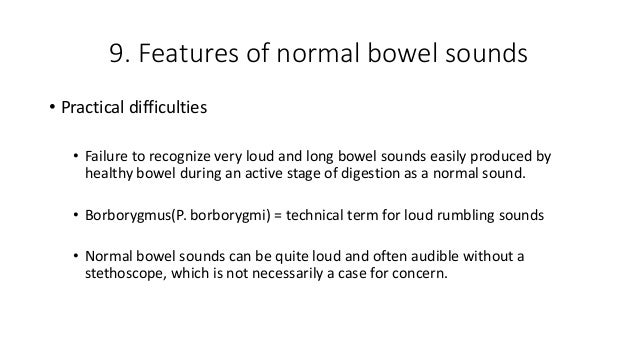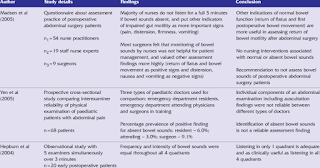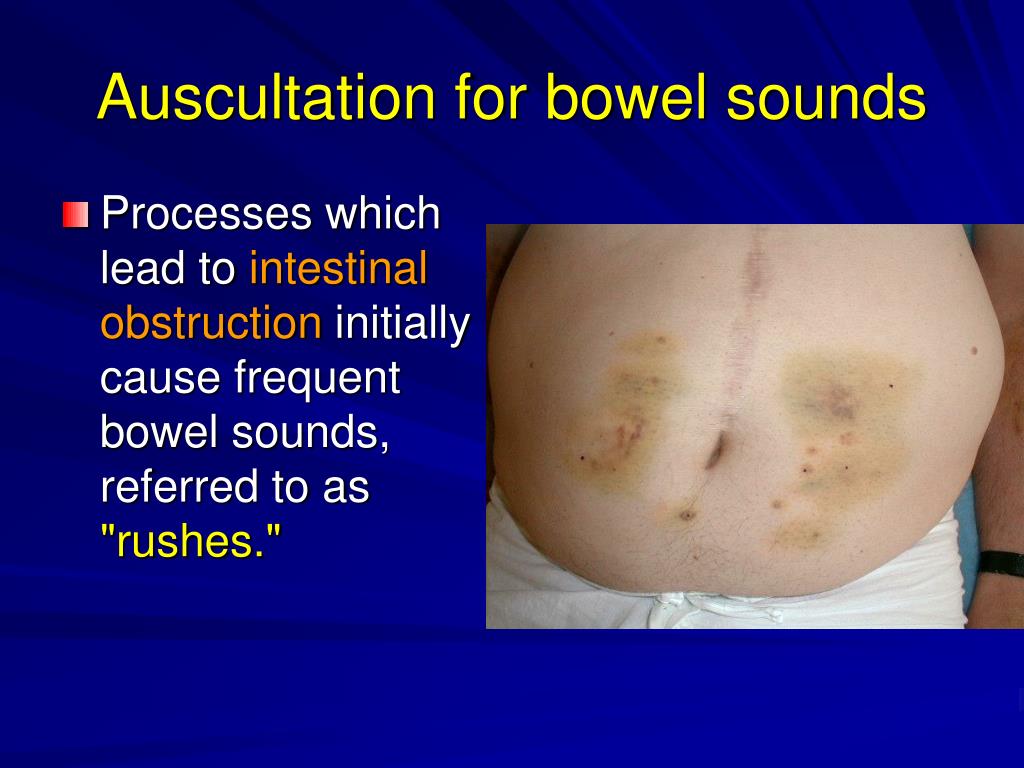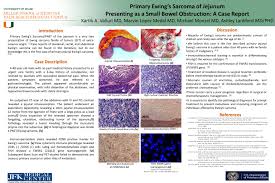
The cost of unnecessary endoscopies to health care systems also cannot be underestimated associated theatre time and adequate nursing and medical staffing are all expensive. In addition to these risks, the costs to the patient include physical discomfort, psychological distress, and time off-work. Other risks associated with endoscopy such as bleeding, infection, and anaesthetic complications, whilst rare, can be life threatening. However, endoscopies carry a small risk of gastrointestinal perforation-requiring emergency surgery and carrying high mortality rates. Unfortunately, patients with functional gastrointestinal disorders such as IBS typically also endure invasive endoscopies to diagnose these conditions by means of exclusion of more sinister pathologies. Indeed, the gold standard for positive diagnosis of chronic GI diseases is often endoscopy with biopsy of tissue for analysis.

Īccurate diagnosis of GI pathology typically requires a gastroenterology review (prolonging waiting lists) prior to invasive procedures such as endoscopies, biopsies, and manometry. For example, inflammatory bowel diseases lead to around 100,000 hospital admissions annually in the USA, whilst irritable bowel syndrome (IBS) is the second most common cause of work absenteeism and accounts for up to 50% of gastroenterology outpatient clinic time. Gastrointestinal (GI) disease and disorders are significant causes of morbidity worldwide. The review protocol (review ID number 42016054028) was developed by three authors (AI, KMW, and JM) and was published in the PROSPERO International prospective register of systematic reviews. Research combining sophistical clinical and engineering skills is likely to be fruitful.

However, the preliminary results found in the included studies and the technological advances described in excluded studies indicate excellent future potential. Conclusionsĭue to concerns over quality and small sample sizes, we cannot yet recommend an existing BSCA diagnostic test without additional studies. Because of the limited number of trials included and the variety in conditions, technology, and statistics, we were unable to conduct pooled analyses. We particularly noted a high risk of bias in patient selection. Assessment of methodological quality identified weaknesses in all studies. Receiver operating characteristic curve analyses revealed high sensitivity and specificity for an irritable bowel syndrome test, and a high negative predictive value for a test for post-operative ileus. We found many significant associations between a bowel sound feature and a GI condition. Four studies also included assessments of diagnostic accuracy. Most of these simply assessed associations between a bowel sound feature and a condition. Two thousand eight hundred eighty-four studies were retrieved however, only 14 studies were included. Bias and applicability were assessed via a QUADAS tool adapted to accommodate studies of multiple types. A third reviewer decided on inclusion in the event of disagreement.
#Borborygmi hyperactive bowel sounds full
Full articles were reviewed and data collected by two authors independently. The titles and abstracts were screened by one author. Searches were made of four databases (PubMed, MEDLINE, Embase, and IEEE Xplore) and the references of included papers. The systematic review followed the PRISMA requirements. Our main objective was to assess the potential for use of bowel sounds computerised analysis in the diagnosis of GI conditions.


There is a need for new, cost-effective, non-invasive tests. Gastrointestinal (GI) conditions are highly prevalent, and their standard diagnostic tests are costly and carry risks.


 0 kommentar(er)
0 kommentar(er)
